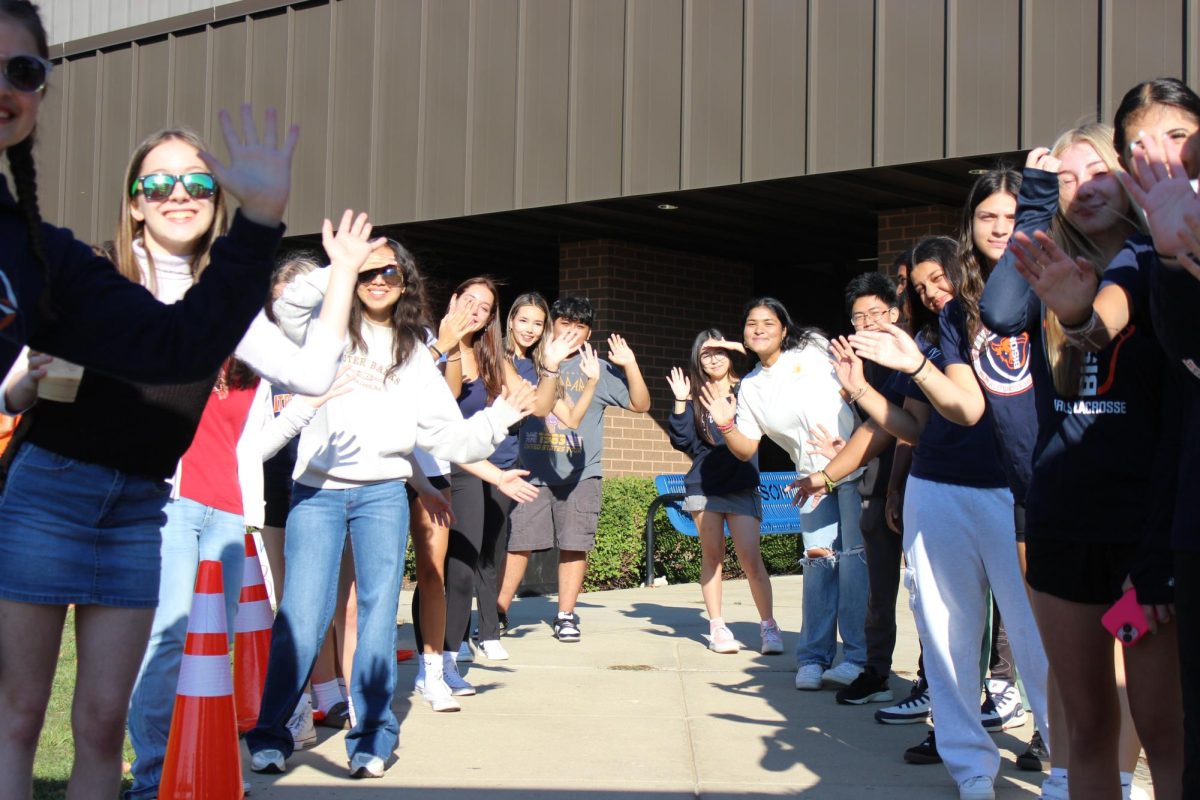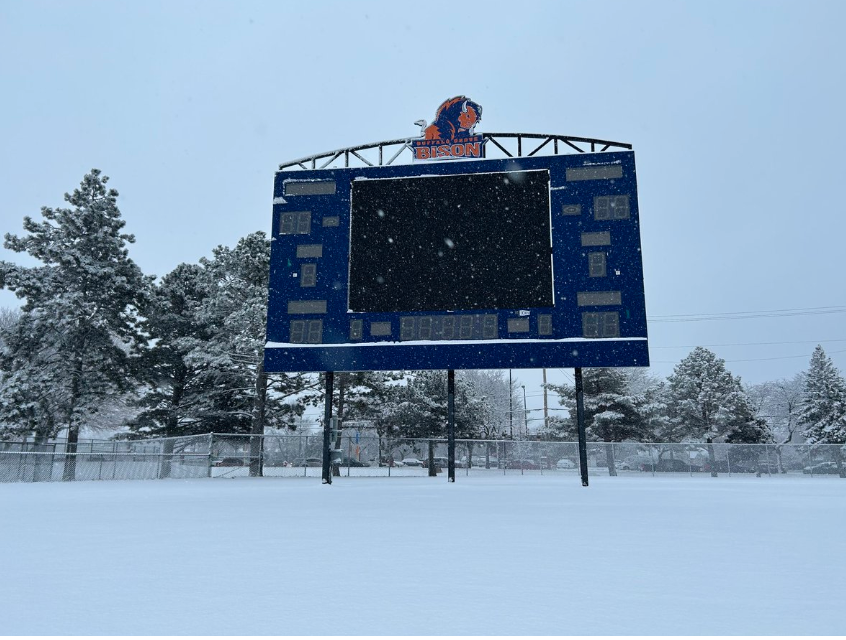Human metapneumovirus (hMPV) is a virus that causes upper respiratory infections, often resulting in mild cold-like symptoms. However, it can be extremely dangerous for certain individuals, according to the World Health Organization. Identified in 2001, it belongs to the Paramyxoviridae family, along with respiratory syncytial virus (RSV). Like other common cold viruses, hMPV has been circulating among people for decades, spreading through the air when an infected person coughs or sneezes. Transmission can occur when individuals are in close proximity to an infected person or share a confined space. The virus can also enter the body if a person touches a contaminated surface, such as a doorknob or handle, and then touches their eyes, nose, or mouth.
Human metapneumovirus is a common cause of upper respiratory infections in infants and children under five years old. While anyone can contract hMPV, infants, older adults, and individuals with underlying health conditions, such as immunosuppression, chronic obstructive pulmonary disease (COPD), and asthma, are at a higher risk of developing severe illness. Extra precautions should be taken to protect these at-risk groups, as well as healthcare workers, from all respiratory infections.
The Centers for Disease Control and Prevention (CDC) recommends that schools implement measures to prevent the spread of hMPV by maintaining clean environments. Students should be encouraged to wash their hands frequently with soap and water or use hand sanitizer. They should cover their mouth and nose with a tissue when they cough or sneeze, or cough or sneeze into their elbow. Schools should regularly clean and disinfect frequently touched surfaces, such as doorknobs, tables, chairs, and desks. Classrooms should also have adequate ventilation to minimize the risk of transmission. Furthermore, schools should have a policy requiring students to stay home until they have fully recovered from any illness.
In the event of an hMPV outbreak in a school, prompt action is essential. The school should immediately notify students, parents, and staff about the situation. Infected students should remain at home until they have recovered, and teachers can provide online assignments to prevent them from falling behind academically. If a significant number of students become ill, the school may need to adjust its activities or schedule. Public health officials may also provide guidance on additional precautions, such as wearing masks and limiting large gatherings.
The CDC notes that students with pre-existing health conditions are more susceptible to hMPV because their immune systems may be compromised, making it more difficult to fight off infections. These students may experience more severe symptoms compared to their healthier peers. Schools can support these vulnerable students by maintaining clean environments, promoting good hygiene practices, and ensuring adequate ventilation. These measures can help create a safer environment and reduce the risk of hMPV transmission among at-risk students.
In conclusion, while hMPV is not as deadly as COVID-19, and has been circulating for many years, it is still a contagious virus that can cause significant illness, particularly in vulnerable populations. Although it often presents as a mild illness, schools should implement preventative measures to minimize its spread, regardless of the fact that it is not a novel health crisis.








